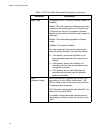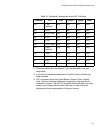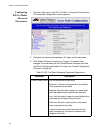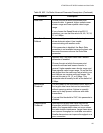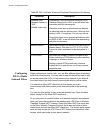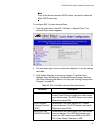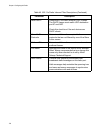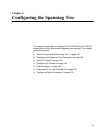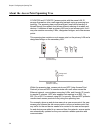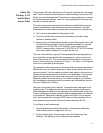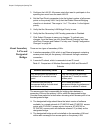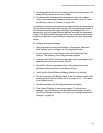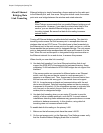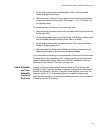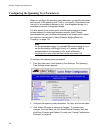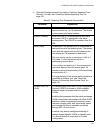
Chapter 5: Configuring the Spanning Tree
130
About the Access Point Spanning Tree
AT-WA7500 and AT-WA7501 access points with the same LAN ID
arrange themselves into a self-organized network using a spanning tree
topology. The spanning tree provides efficient, loop-free forwarding of
frames through the network and allows efficient roaming of wireless end
devices. It contains at least a primary LAN and a root access point, but it
may also contain secondary LANs, designated bridges, and other access
points.
This spanning tree contains a root access point on the primary LAN and a
designated bridge on the secondary LAN.
Within the spanning tree, access points use IAPP (Inter Access Point
Protocol) or secure IAPP to communicate with each other across the
Ethernet network, over wireless secondary LANs, and through IP tunnels
to remote IP subnets. IAPP also enables fast roaming in an 802.11g,
802.11b or 802.11a network using 802.1x security. Secure IAPP prevents
unauthorized access products from joining the spanning tree.
For example, when an end device roams to a new access point, the new
access point informs the old access points via the root access point that
any traffic for the end device needs to be routed to the new access point.
As end devices are added to or removed from the network, access points
are automatically updated so they can maintain reliable operation and
communication.
Primary LAN
(root IP subnet)
Secondary LAN
(remote IP subnet)
Root
Host
Designated
bridge



